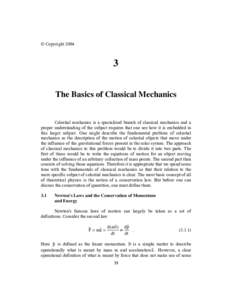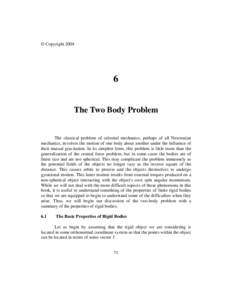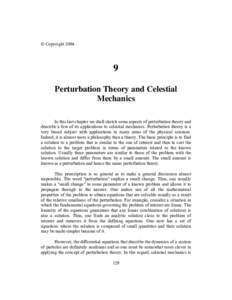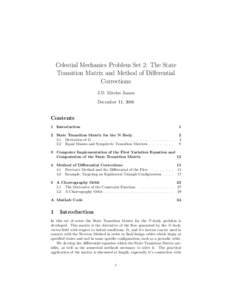 Date: 2012-05-04 01:06:39Astrometry Spaceflight Celestial mechanics Geodesy Interferometry Very Long Baseline Interferometry Cassini–Huygens Ephemeris Saturn Astronomy Astrology Space | |  VLBA Astrometry of Planetary Orbiters Dayton Jones (1), Ed Fomalont (2), Vivek Dhawan (2), Jon Romney (2), William Folkner (1), Robert Jacobson (1), Gabor Lanyi (1), and James BorderJet Propulsion Laboratory, Ca VLBA Astrometry of Planetary Orbiters Dayton Jones (1), Ed Fomalont (2), Vivek Dhawan (2), Jon Romney (2), William Folkner (1), Robert Jacobson (1), Gabor Lanyi (1), and James BorderJet Propulsion Laboratory, Ca
Add to Reading ListSource URL: ict.icrar.orgDownload Document from Source Website File Size: 4,57 MBShare Document on Facebook
|





 VLBA Astrometry of Planetary Orbiters Dayton Jones (1), Ed Fomalont (2), Vivek Dhawan (2), Jon Romney (2), William Folkner (1), Robert Jacobson (1), Gabor Lanyi (1), and James BorderJet Propulsion Laboratory, Ca
VLBA Astrometry of Planetary Orbiters Dayton Jones (1), Ed Fomalont (2), Vivek Dhawan (2), Jon Romney (2), William Folkner (1), Robert Jacobson (1), Gabor Lanyi (1), and James BorderJet Propulsion Laboratory, Ca